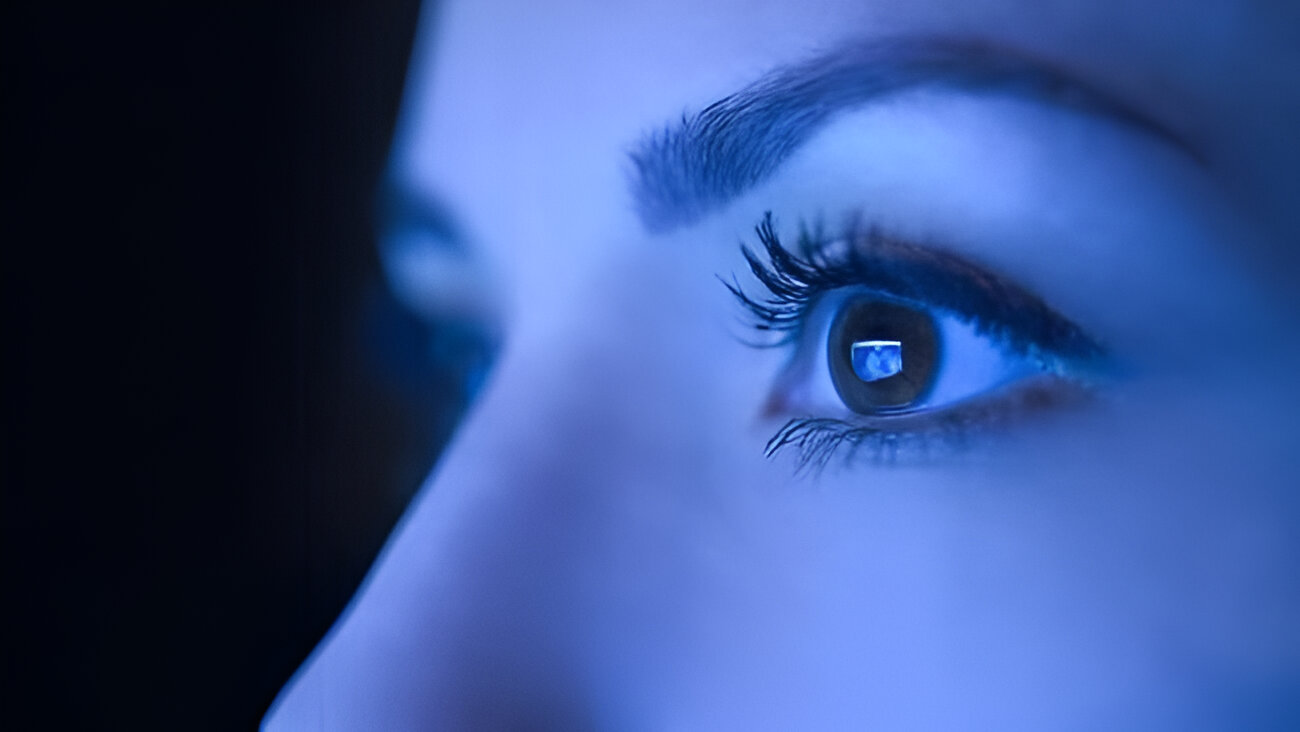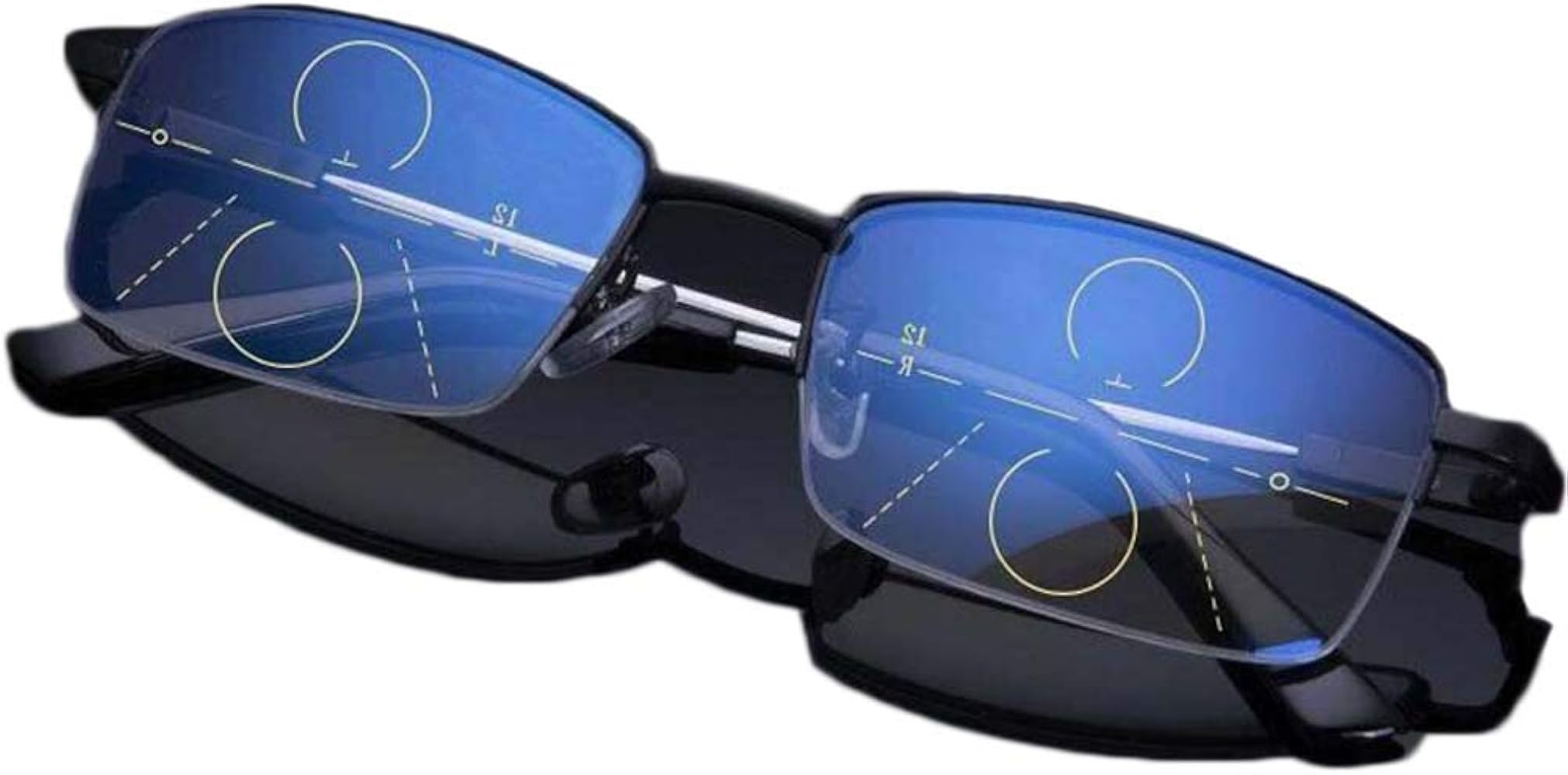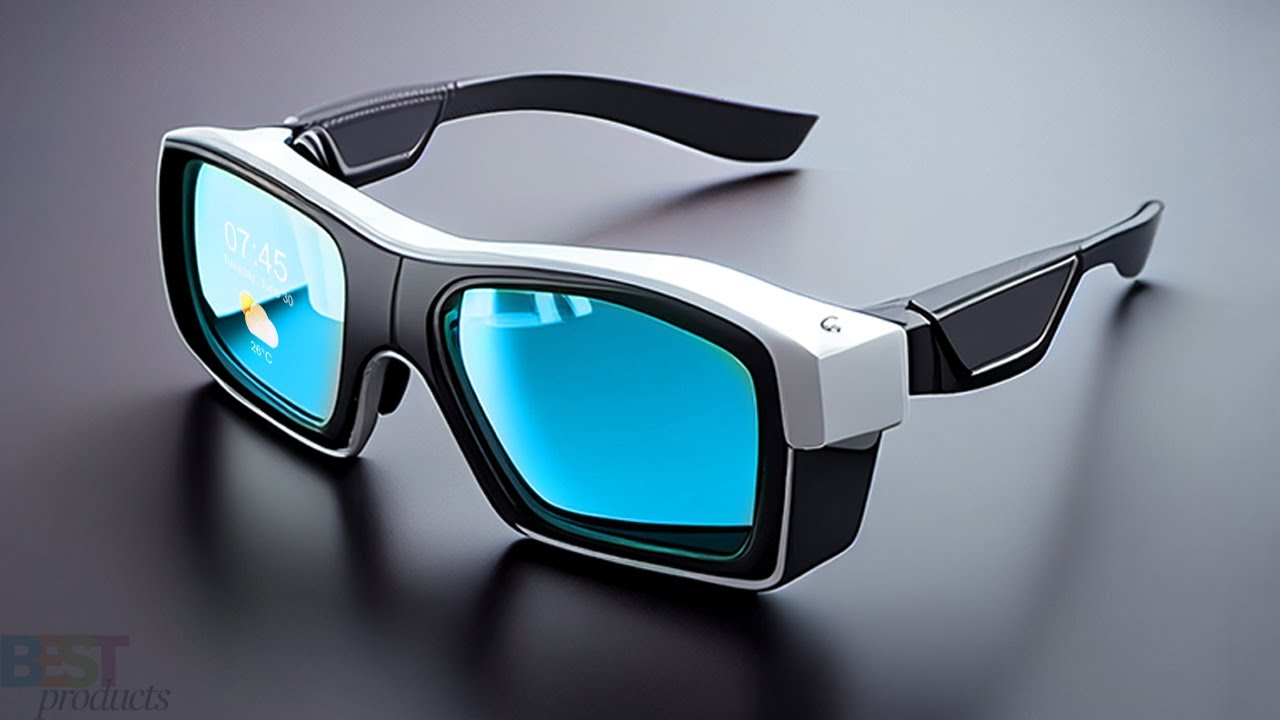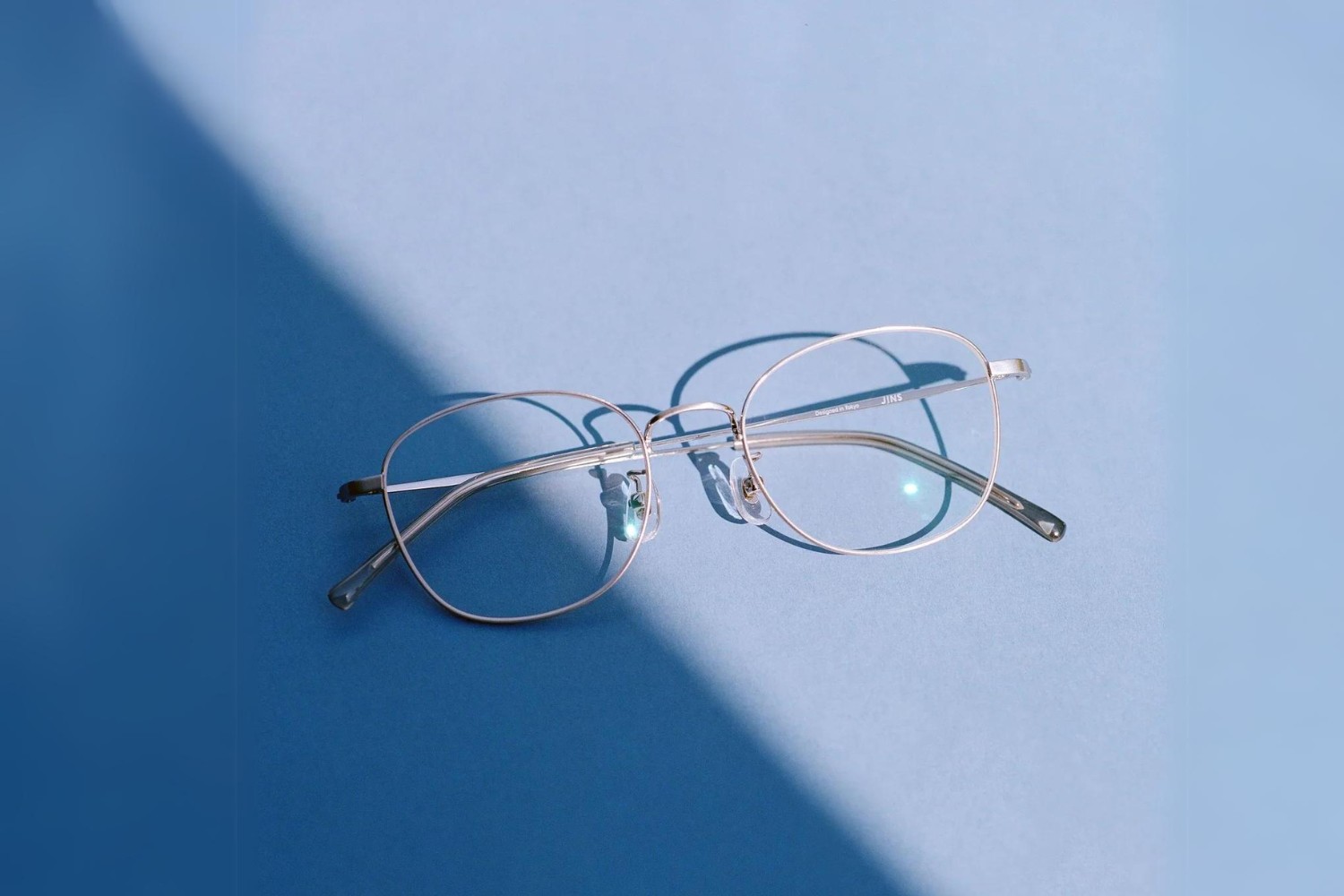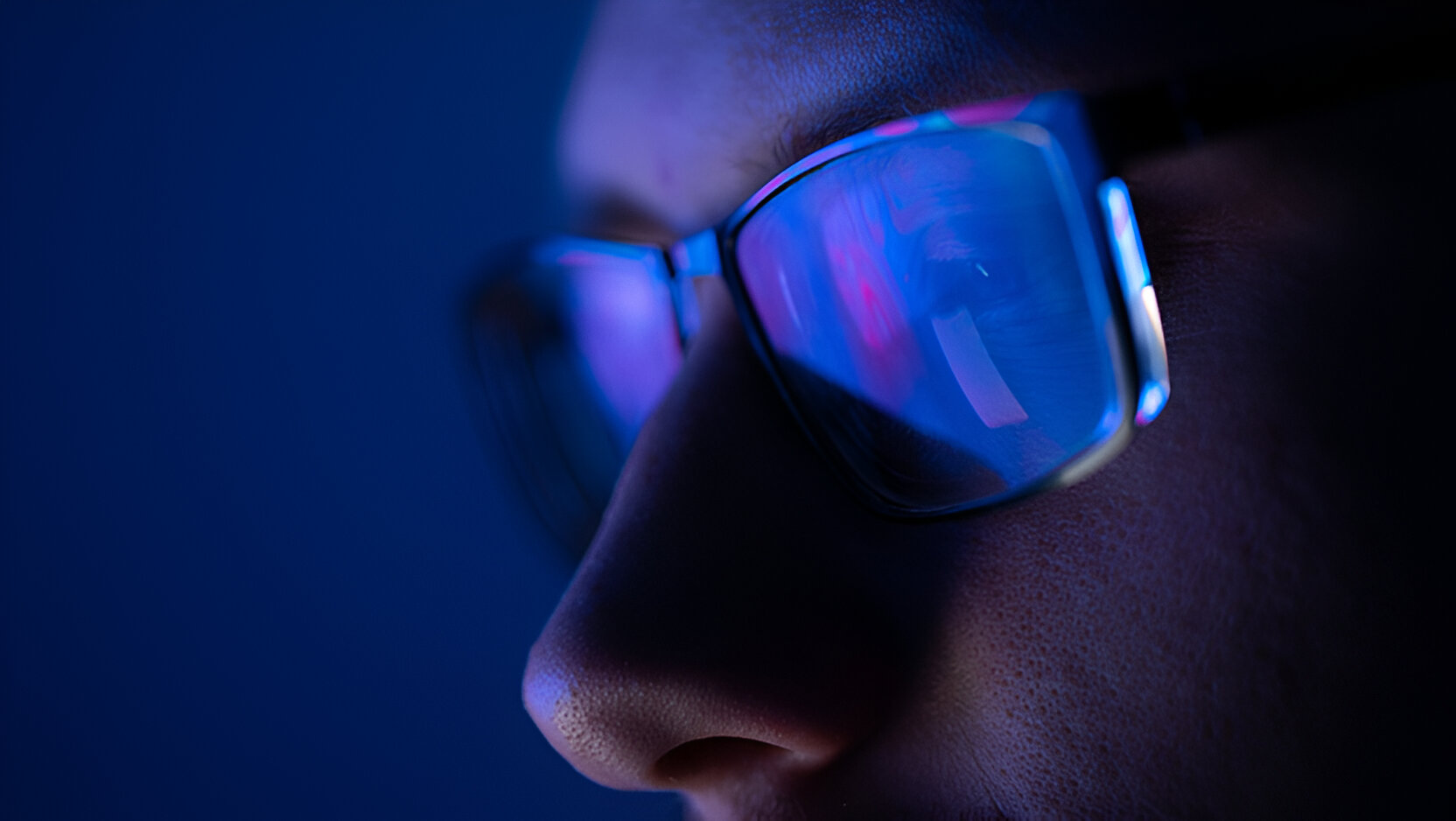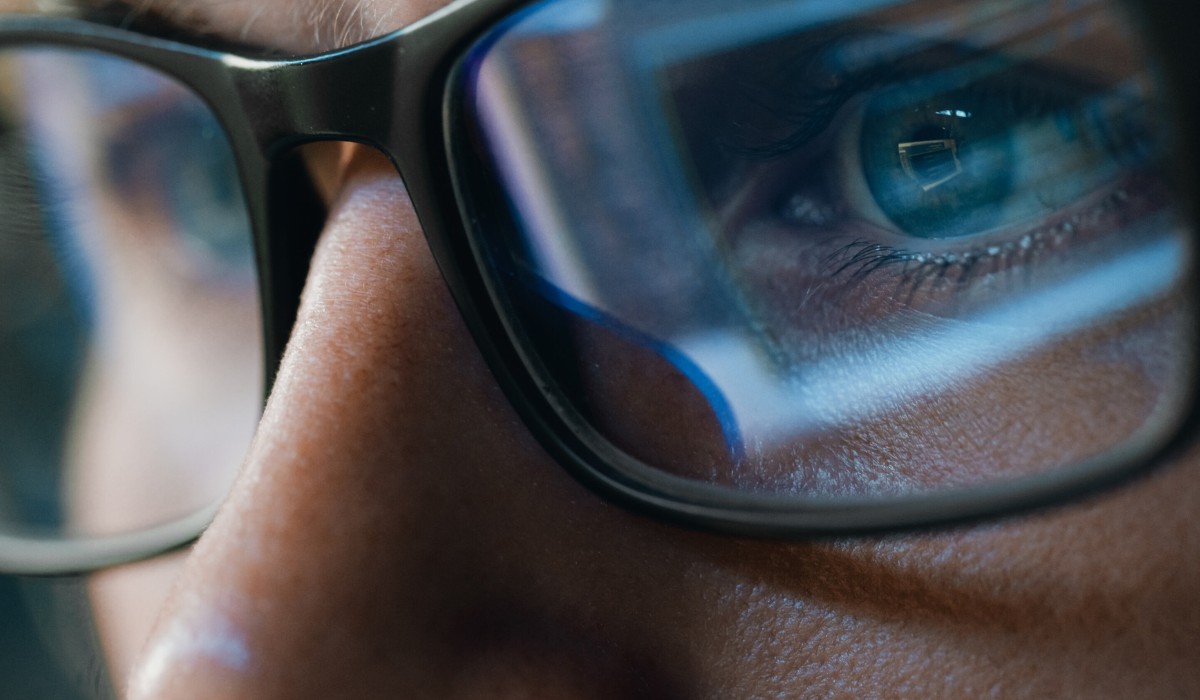Introduction
In today's digital age, our lives are intertwined with technology, from smartphones and tablets to laptops and e-readers. While these devices have revolutionized the way we work, communicate, and entertain ourselves, they also expose us to a significant amount of blue light. This pervasive high-energy visible (HEV) light, with its short wavelengths and high intensity, has raised concerns about its potential impact on eye health and overall well-being.
As we spend more time in front of screens for work, leisure, and education, the prolonged exposure to blue light has become a topic of growing interest and concern. This has led to the development of innovative solutions, such as blue light reading glasses, designed to mitigate the potential adverse effects of prolonged screen time.
In this article, we will delve into the science behind blue light, explore its impact on eye health, and shed light on the purpose and functionality of blue light reading glasses. By understanding the significance of blue light and the benefits of using specialized glasses, readers will gain valuable insights into safeguarding their visual comfort and long-term eye health.
Now, let's embark on a journey to unravel the mysteries of blue light and discover how blue light reading glasses can provide a customized approach to enhancing visual clarity and comfort in the digital era.
The Science Behind Blue Light
Blue light, a subset of the visible light spectrum, is characterized by its short wavelengths and high energy. With a wavelength range of approximately 380 to 500 nanometers, blue light is pervasive in our environment, emitted not only by digital screens but also by the sun and various artificial light sources.
The scientific understanding of blue light revolves around its impact on the human eye and the body's circadian rhythm. When we are exposed to blue light, particularly in the evening or at night, it can disrupt our natural sleep-wake cycle. This is due to blue light's ability to suppress the production of melatonin, a hormone that regulates sleep and wakefulness. As a result, prolonged exposure to blue light, especially in the hours leading up to bedtime, can interfere with our ability to fall asleep and experience restorative sleep.
Furthermore, the short wavelengths of blue light scatter more easily than other visible light wavelengths, leading to a phenomenon known as glare. This can cause visual discomfort, eye strain, and fatigue, particularly during prolonged screen time. The cumulative effect of blue light exposure has raised concerns about its potential long-term impact on eye health, including the development of digital eye strain and other vision-related issues.
In addition to its effects on sleep and visual comfort, blue light has also been the subject of research regarding its potential impact on the retina. Some studies suggest that prolonged exposure to high-intensity blue light may contribute to oxidative stress in the retina, which could have implications for the long-term health of the eyes.
Understanding the science behind blue light is essential for developing strategies to mitigate its potential adverse effects. As we continue to integrate digital devices into our daily lives, the need to address the impact of blue light on our visual and overall well-being becomes increasingly important. This understanding serves as the foundation for the development of solutions such as blue light reading glasses, which aim to provide customized clarity and protection in an increasingly digital world.
The Impact of Blue Light on Eye Health
Prolonged exposure to blue light from digital screens has raised concerns about its potential impact on eye health. The eyes are highly sensitive to blue light due to its short wavelengths and high energy. As we spend more time in front of digital devices, the cumulative effect of blue light exposure has become a significant consideration in eye care.
One of the primary concerns associated with blue light is digital eye strain, also known as computer vision syndrome. This condition encompasses a range of symptoms, including dry eyes, eye fatigue, blurred vision, and headaches, which can arise after extended periods of screen time. The visual demands imposed by digital devices, coupled with the high-energy nature of blue light, contribute to the onset of these symptoms. Moreover, the continuous focusing and refocusing required when viewing screens can lead to eye muscle fatigue, exacerbating the discomfort experienced during and after screen use.
In addition to digital eye strain, research suggests that prolonged exposure to blue light may have implications for the long-term health of the eyes. Studies have indicated that high-intensity blue light can induce oxidative stress in the retinal cells, potentially contributing to age-related macular degeneration (AMD). This condition affects the central part of the retina, leading to a gradual loss of central vision and impacting daily activities such as reading and recognizing faces. While the direct link between blue light exposure and AMD is still under investigation, the potential risk underscores the importance of addressing blue light's impact on eye health.
Furthermore, the disruption of the body's circadian rhythm due to evening exposure to blue light can have indirect effects on eye health. The suppression of melatonin production, a hormone crucial for regulating sleep patterns, can result in poor sleep quality. Inadequate sleep has been associated with various health issues, including systemic conditions that can impact ocular health. Therefore, the implications of blue light extend beyond immediate visual discomfort to potential long-term effects on overall eye health and well-being.
Understanding the impact of blue light on eye health is essential for implementing effective strategies to mitigate its effects. This knowledge underscores the significance of proactive measures, such as using blue light reading glasses, to provide targeted protection and support visual comfort in the digital age. By acknowledging the potential risks associated with blue light exposure and taking steps to address them, individuals can prioritize their eye health and well-being in an increasingly screen-centric world.
What are Blue Light Reading Glasses?
Blue light reading glasses are specialized eyewear designed to reduce the potential adverse effects of prolonged exposure to blue light from digital screens. Unlike traditional reading glasses, which are tailored to address age-related vision changes and presbyopia, blue light reading glasses incorporate lenses with specific coatings to filter out a portion of blue light emitted by electronic devices. These glasses are intended for individuals who spend extended periods in front of digital screens and seek to mitigate the impact of blue light on their visual comfort and overall eye health.
The lenses of blue light reading glasses are engineered to selectively block or absorb a percentage of blue light wavelengths, particularly those in the range of 380 to 500 nanometers. By filtering out a portion of this high-energy visible (HEV) light, these glasses aim to reduce the potential for digital eye strain, glare, and visual discomfort associated with prolonged screen time. Additionally, blue light reading glasses can provide a customized approach to enhancing visual clarity and reducing the impact of blue light on the body's circadian rhythm, particularly when used during evening screen exposure.
It is important to note that blue light reading glasses are not a one-size-fits-all solution. The effectiveness of these glasses in mitigating the impact of blue light can vary based on factors such as the specific wavelengths filtered, the lens coating technology employed, and individual differences in visual sensitivity. Furthermore, the design and style of blue light reading glasses can vary to cater to diverse preferences and lifestyle needs, ensuring that users can integrate these specialized eyewear seamlessly into their daily routines.
By addressing the unique challenges posed by prolonged screen time and blue light exposure, blue light reading glasses offer a tailored solution to support visual comfort and long-term eye health in the digital age. As individuals seek ways to balance the benefits of technology with proactive measures to safeguard their well-being, the emergence of blue light reading glasses represents a proactive approach to addressing the evolving demands of modern lifestyles.
In summary, blue light reading glasses serve as a targeted tool to provide customized clarity and protection, offering individuals a proactive means to address the impact of blue light on visual comfort and eye health in an increasingly digital-centric world.
How Do Blue Light Reading Glasses Work?
Blue light reading glasses employ specialized lenses designed to mitigate the potential adverse effects of prolonged exposure to blue light from digital screens. These lenses incorporate advanced coatings that target specific wavelengths within the blue light spectrum, aiming to reduce the transmission of high-energy visible (HEV) light to the eyes.
The key mechanism behind the functionality of blue light reading glasses lies in the lens coatings, which are engineered to selectively filter out a portion of blue light wavelengths. This selective filtration is achieved through the application of coatings that can absorb or reflect a percentage of blue light, particularly in the range of 380 to 500 nanometers. By doing so, these glasses help to minimize the amount of blue light that reaches the eyes, thereby reducing the potential for visual discomfort, glare, and digital eye strain associated with prolonged screen time.
Furthermore, the specialized coatings on the lenses of blue light reading glasses are designed to maintain color perception and visual clarity, ensuring that users can experience the benefits of reduced blue light exposure without compromising the quality of their vision. This targeted approach allows individuals to engage with digital devices while minimizing the impact of blue light on their visual comfort and overall eye health.
It is important to note that the effectiveness of blue light reading glasses in filtering out blue light can vary based on factors such as the specific wavelengths targeted by the lens coatings and individual differences in visual sensitivity. Additionally, the design and style of these glasses cater to diverse preferences and lifestyle needs, offering users a customizable solution to address the challenges posed by prolonged screen time and blue light exposure.
In essence, the functionality of blue light reading glasses is rooted in their ability to selectively filter out a portion of blue light wavelengths, providing users with a tailored approach to enhancing visual comfort and mitigating the potential adverse effects of blue light from digital screens. By integrating advanced lens coatings and customizable designs, these glasses offer a proactive means to support eye health and well-being in an increasingly digital-centric world.
Benefits of Using Blue Light Reading Glasses
Blue light reading glasses offer a myriad of benefits that cater to the evolving needs of individuals who rely on digital devices for work, education, and leisure. By integrating specialized lenses designed to mitigate the impact of blue light, these glasses provide a proactive approach to enhancing visual comfort and supporting long-term eye health. Here are the key benefits of using blue light reading glasses:
1. Reduced Digital Eye Strain
Prolonged screen time can lead to digital eye strain, encompassing symptoms such as dry eyes, eye fatigue, and headaches. Blue light reading glasses help alleviate these discomforts by filtering out a portion of blue light, reducing the potential for visual fatigue and discomfort associated with extended device use.
2. Enhanced Visual Comfort
By minimizing the glare and high-energy visible (HEV) light emitted by digital screens, blue light reading glasses contribute to enhanced visual comfort during prolonged screen time. The targeted filtration of blue light wavelengths supports a more relaxed and strain-free viewing experience, promoting overall visual well-being.
3. Support for Circadian Rhythm
The selective filtration of blue light by these glasses can aid in maintaining the body's natural sleep-wake cycle. By reducing the exposure to blue light during evening screen use, blue light reading glasses support the production of melatonin, thereby promoting better sleep quality and overall circadian rhythm regulation.
4. Customized Clarity
Blue light reading glasses offer a tailored solution to address the unique challenges posed by prolonged screen time. The specialized lenses maintain color perception and visual clarity while reducing the impact of blue light, ensuring that users can engage with digital devices without compromising the quality of their vision.
5. Long-term Eye Health Support
By mitigating the potential adverse effects of blue light, these glasses contribute to the long-term health of the eyes. The reduction of blue light exposure can help minimize the risk of digital eye strain, glare-related discomfort, and potential implications for retinal health, supporting overall eye health and well-being.
In summary, blue light reading glasses provide a proactive and targeted approach to addressing the impact of blue light on visual comfort and eye health. By offering a range of benefits, from reducing digital eye strain to supporting circadian rhythm and long-term eye health, these specialized glasses cater to the diverse needs of individuals in an increasingly digital-centric world.
Choosing the Right Blue Light Reading Glasses
When it comes to selecting the right blue light reading glasses, several factors should be considered to ensure an optimal fit for individual needs and preferences. The process of choosing the right glasses involves a combination of understanding personal requirements, evaluating the features of the glasses, and considering lifestyle factors. Here are essential considerations to guide individuals in selecting the most suitable blue light reading glasses:
1. Lens Technology
The effectiveness of blue light reading glasses is heavily influenced by the lens technology employed. Look for glasses with advanced coatings specifically designed to filter out a significant portion of blue light wavelengths, particularly those in the range of 380 to 500 nanometers. High-quality lens technology ensures that the glasses provide targeted protection while maintaining color perception and visual clarity.
2. Filtering Capacity
Evaluate the filtering capacity of the glasses in terms of the percentage of blue light wavelengths they can block or absorb. Opt for glasses with a high filtering capacity to maximize the reduction of blue light exposure during prolonged screen time. Understanding the specific wavelengths targeted by the glasses' lenses can help in making an informed decision regarding their suitability for individual needs.
3. Style and Comfort
Consider the design and comfort of the blue light reading glasses, as these factors significantly impact the overall user experience. Look for a style that aligns with personal preferences and lifestyle, ensuring that the glasses seamlessly integrate into daily routines. Additionally, prioritize comfort features such as lightweight frames and ergonomic designs to enhance the wearing experience during extended periods of screen use.
4. Customization Options
Explore customization options offered by different blue light reading glasses brands. Some manufacturers provide customizable features such as lens coatings tailored to specific usage scenarios, allowing users to optimize the glasses for their unique screen time requirements. Customization options can enhance the effectiveness of the glasses in addressing individual visual needs and preferences.
5. Durability and Longevity
Assess the durability and longevity of the glasses to ensure a lasting investment in visual comfort and eye health. Look for high-quality materials and construction that can withstand daily use and provide reliable protection against blue light over an extended period. Durable blue light reading glasses offer long-term support for visual well-being in the digital age.
By considering these essential factors, individuals can make informed decisions when choosing the right blue light reading glasses. Prioritizing advanced lens technology, filtering capacity, style and comfort, customization options, and durability ensures that the selected glasses effectively address the impact of blue light on visual comfort and eye health, providing tailored support for modern lifestyles.
Conclusion
In conclusion, the pervasive presence of blue light in our digital-centric lives has prompted a growing awareness of its potential impact on eye health and overall well-being. The science behind blue light underscores its unique characteristics and the challenges it poses to visual comfort and circadian rhythm regulation. As individuals spend increasing amounts of time in front of digital screens, the need to address the effects of blue light has become a priority in eye care and wellness.
The emergence of blue light reading glasses represents a proactive and tailored approach to mitigating the potential adverse effects of prolonged screen time. By leveraging specialized lenses designed to filter out a portion of blue light wavelengths, these glasses offer a targeted solution to reduce digital eye strain, enhance visual comfort, and support long-term eye health. Furthermore, the selective filtration of blue light by these glasses contributes to maintaining the body's natural sleep-wake cycle, promoting better sleep quality and overall circadian rhythm regulation.
The benefits of using blue light reading glasses extend beyond immediate relief from visual discomfort to long-term support for eye health. By providing a customized approach to addressing the impact of blue light, these glasses cater to the diverse needs of individuals who rely on digital devices for work, education, and leisure. The ability to maintain color perception and visual clarity while reducing the potential adverse effects of blue light makes these glasses a valuable tool in navigating the demands of modern lifestyles.
When selecting the right blue light reading glasses, considerations such as lens technology, filtering capacity, style and comfort, customization options, and durability play a crucial role in ensuring an optimal fit for individual needs and preferences. By understanding these essential factors, individuals can make informed decisions and prioritize their visual comfort and eye health in an increasingly screen-centric world.
In essence, blue light reading glasses offer a proactive means to address the impact of blue light on visual comfort and eye health, providing individuals with a customizable solution to navigate the challenges posed by prolonged screen time. As technology continues to evolve, the role of blue light reading glasses in safeguarding visual well-being remains integral, offering a personalized approach to enhancing clarity and protection in an era dominated by digital devices.







